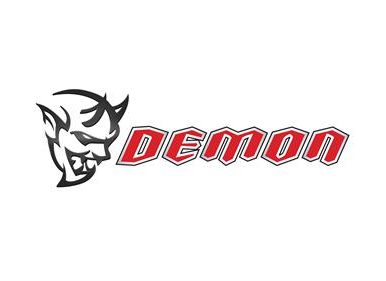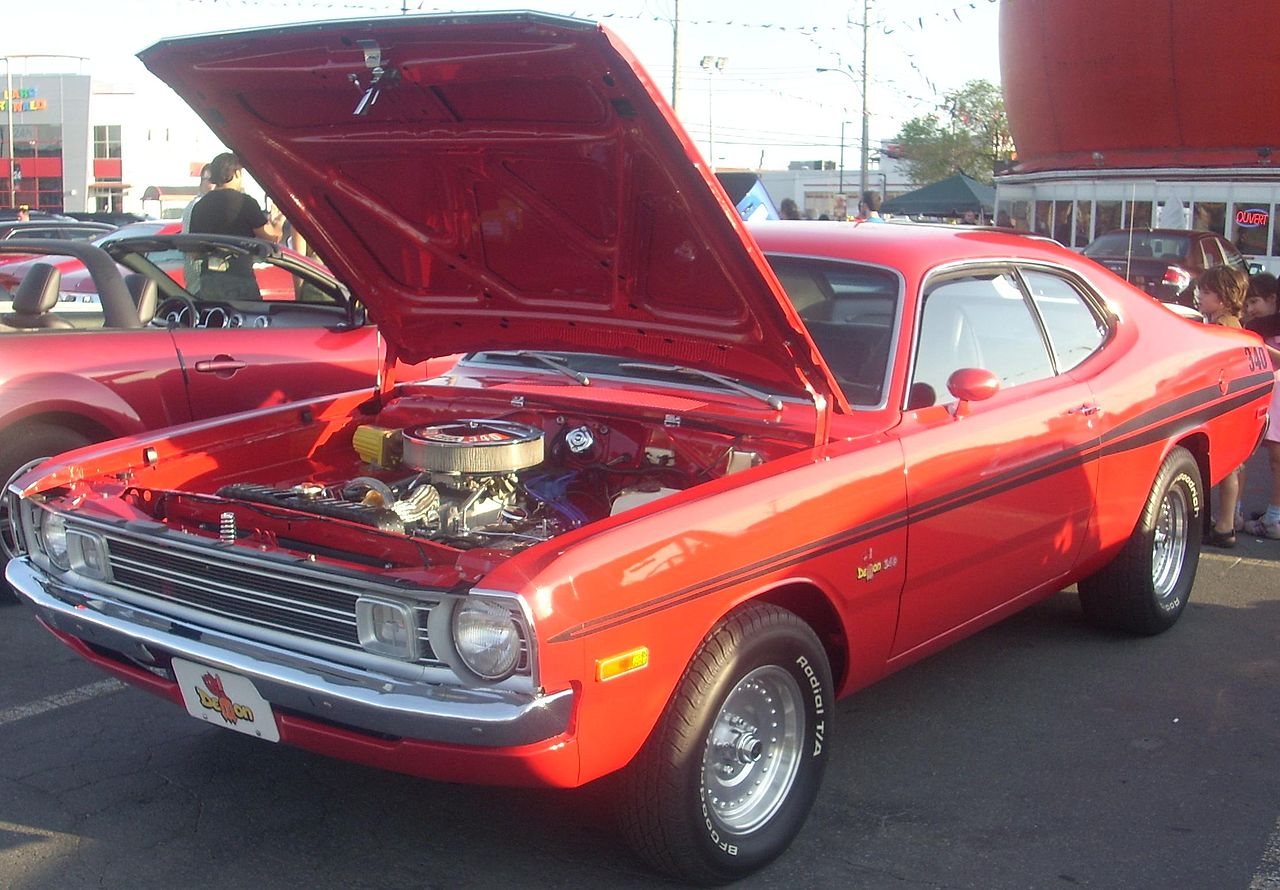
Challenger SRT Demon Begins Next Chapter of the High-performance Muscle Car
- Dodge’s new ultimate performance halo – the 2018 Dodge Challenger SRT Demon – to be unveiled during New York International Auto Show week
- Dodge to debut “Cage,” the first in a series of pre-reveal teaser videos giving fans and followers insight into Demon’s engineering prowess
- Fans can check out www.ifyouknowyouknow.com website for weekly updates, to download sharable content and for a countdown to the New York reveal
- Use hashtag #DodgeDemon to be a part of the next chapter in the Dodge performance story
- Demon name first introduced to the Dodge lineup in 1971
January 12, 2017 , Auburn Hills, Mich. – Dodge shocked the performance world when it launched the most powerful and fastest muscle cars in the world – the Challenger SRT Hellcat and Charger SRT Hellcat. Now, two years later, Dodge is raising the bar again with the Dodge Challenger SRT Demon.
“Most cars attempt to be everything to everybody. Then there are the rare few that revel in a single objective, rendering them totally irresistible to a subculture,” said Tim Kuniskis, Head of Passenger Car Brands – Dodge, SRT, Chrysler and FIAT – FCA North America. “The Dodge Challenger SRT Demon is conceived, designed and engineered for a subculture of enthusiasts who know that a tenth is a car and a half second is your reputation.”
Leading up to the New York reveal, Dodge is launching its first-ever pre-debut video teaser campaign, including a new website www.ifyouknowyouknow.com, where fans and followers can get weekly updates, download sharable content and gain insight into the SRT Demon’s engineering prowess.
In the first video, “Cage,” which debuts today, the ferocious animated Hellcat is back. Refusing to be caged, the beast transforms, thus beginning a new chapter in the Dodge brand’s performance legacy.
Fans are encouraged to watch the 90-second “Cage” video multiple times at www.ifyouknowyouknow.com for clues to follow the story of what’s next from Dodge and SRT.
In the coming weeks, Dodge will bring fans and followers in on more details by slowly peeling away layer upon layer of the new Challenger SRT Demon via video shorts that highlight the engineering prowess that has gone into its development.
All videos in the series will be featured at www.ifyouknowyouknow.com. A countdown clock tells viewers when the next installment will be uncaged. The final chapter arrives when the SRT Demon is revealed in New York City, prior to the New York International Auto Show.
Dodge will promote the teaser campaign on its Facebook, Twitter and Instagram social media pages, directing fans to www.ifyouknowyouknow.com and encouraging them to use the hashtag #DodgeDemon.

Dodge Demon History
Dodge Dart hardtop also called Dodge Demon. 1971–1976 Demon/Sport which used the Plymouth Duster’s 108 in (2,743 mm) wheelbase. The longer wheelbase gave more rear seat legroom than the previous Lancer or the contemporaneous Valiant.
The 1970 Dart’s dual taillamps were given over to the badge-engineered Plymouth Valiant Scamp, while the 1971 Dart received new smaller quad taillamps that would be used through 1973. The Custom 2-door hardtop coupe became the Swinger, and the standard Swinger became the Swinger Special. Dodge gained a version of Plymouth’s popular Valiant-based fastback Duster and was to be named the Beaver, but when Chrysler’s marketing department learned that “beaver” was CB slang for vagina, the vehicle was renamed the “Dart Demon”.
As was the case with previous Dodge rebadges of Plymouth Valiants, such as the 1961–1962 Lancer, sales of the Demon lagged behind those of the Duster. With optional hood scoops and blackout hood treatment, the car was advertised a performance car. The Demon’s Dart-type front fender wheel lips and Duster-type rear wheel fender lips reveal the car was essentially a Duster with Dart front sheetmetal and other minor styling changes. A new audio option became available for 1971: Chrysler’s cassette-recorder. Unlike the 8-track tapes, the cassette player was relatively compact, and it was mounted on the console or on its own floor-mount casing. This unit offered an available microphone in which one could record their own dictation.
The Swinger 340, Dart’s performance model, was replaced by the Demon 340 with optional hood scoops and blackout hood treatment. In 1971, Chrysler abandoned their longstanding corporate practice of installing left-hand-threaded wheel studs on the left side of the vehicle; all-wheel studs on the Dart thenceforth used conventional right-hand threads.
Changes for 1972 included a revised grille without the central divider of the 1970 and 1971 items, new surface-mounted sidemarker lights rather than the previous flush-mount units, a new instrument cluster featuring a large rectangular speedometer and several small round gauges; the AM/FM radio option returned. The Demon had new fender-mounted metal “Demon” badges without the small devil character on the 1971 decals. The “Demon” decal on the rear of the car was replaced by Dodge and Dart emblems on the lower right edge of the deck lid. Some Demons with the side and rear panel tape stripes retained the tape devil character. A new optional single hood scoop replaced 1971’s dual scoops, and was coupled with a hood paint blackout that had been standard on the 1971 high-trim/high-value Demon Sizzler model. Cars equipped with the optional rally wheels now came with newly restyled center caps finished in a light argent (silver) paint. Demon production was substantially less than Duster’s; this is reflected in higher collector car values for the Demon, especially V8 models.
In 1973 the Demon fastback was renamed “Dart Sport” in response to Christian groups’ complaints about the ‘Demon’ name and devil-with-pitchfork logo. The high-performance model thus became Dart Sport 340, and 1973 saw styling changes to go along with the name change. The Dart Sport received the same new front end as the other Darts, and its taillights were changed to two lights per side, each with a chrome trim ring. These would remain unchanged through the 1976 model year.
Dodge Demon History source – Wikipedia

You must be logged in to post a comment.